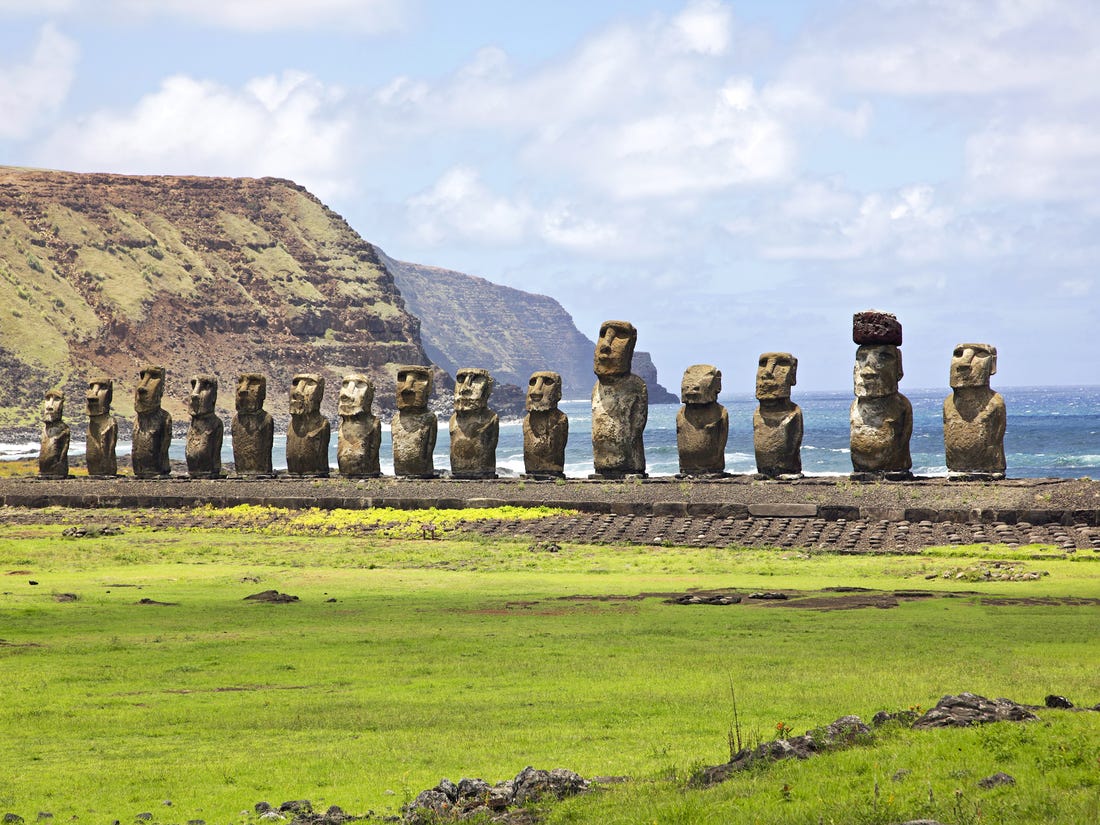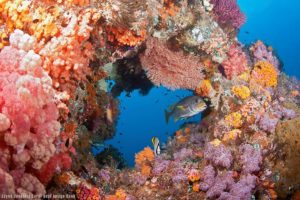The tragedy of the commons is a situation when many individuals all share a common resource where individual users, acting independently according to their own self-interest, behave contrary to the common good of all users by depleting the shared resource and causing a bad effect on the common resource. Nicholas Amendolare used overfishing in the pond as an example of the tragedy of the commons. When the pond is not over capacity, fishermen may fish with few limitations. However, problems arise when the fisherman wants to increase the profit by catching more fish. The benefits of catching extra fish adhere to the fishermen alone, while the costs are shared. The tragedy is that ultimately no fishermen will be able to fish, due to overconsumption and eventually, they all starve. Optimizing for the self in the short term isn’t optimal for anyone in the long term. Overgrazing, overfishing, overpopulation and pollution are other examples of the tragedy of the commons.
The tragedy on Easter Island definitely is an example of the tragedy of the commons. When the first Polynesian settlers arrived on Easter Island in the middle of the first millennium AD, the island was a palm forest. The Rapanui used trees for almost everything. They ate the fruits of the trees and the birds on the island. They built their houses with palm fronds and made bark-cloth clothing. They burned firewood for cooking and for keeping warm on winter nights. They built canoes and crafted harpoons to spear dolphins and pelagic fish such as tuna. And they used some combination of log rollers, sleds, and/or levers, along with rope made from tree fibers, to transport and erect the hundreds of moai. As the population grew, the Rapanui did not have enough timber to build their canoes which made it hard to go fishing. The deforestation destroyed the habitat for many animals which led to the extinction of many land birds . Deforestation also led to erosion and made their gardens useless. Thus, the Rapanui went out of food and many of them did not survive.
Due to climate change, the sea levels around Easter Island keeps rising. Scientists predict the sea levels will rise by five to six feet tall by 2100. The high energy waves have caused erosion along the coastal region, and some of the moai statues have been knocked over. Further inland, a site called Orongo, which encircles a volcanic crater is also affected by climate change. Global warming has caused intense storms to occur more frequently. Orongo is subject to storms and gravity problems.
As the moai statues get more and more attention, the tourism industry brings in thousand visitors to Easter Island each year. More people means more cars and more trash. It was estimated that 20 tons of trash are produced each day. In addition, the island is a “trash vortex” in the middle of the South Pacific and floating waste is constantly washing ashore. The recycling plant which opened in 2011, processed 40,000 plastic bottles a month. But much of the island’s garbage cannot be recycled. The garbage issue remains a problem as the island has no more land to use as dump fill. The growing population and increasing popularity of Easter have caused problems for years. To protect both the culture and the environment of the island, the Chilean government has announced it will cap the number of tourists who can visit the island each year.
Can Easter Island be seen as a microcosm of our planet today? We are overconsuming our resources as if there were no tomorrow, or future generations. Easter Island was as isolated in the Pacific Ocean as the Earth is today in space. When the Easter Islanders got into difficulties, there was nowhere to which they could flee, or to which they could turn for help; nor shall we modern Earthlings have recourse elsewhere if our troubles increase.
Photo source:
https://www.insider.com/easter-island-moai-statues-placed-near-fresh-water-2019-1




hand of cards that will make up the winning combination. The
You controlled to hit the nail upon the highest and also defined out the whole thing without
Para ser honesto, no soy un lector en línea, pero sus sitios son realmente agradables, ¡sigan así! Seguiré adelante y marcaré su sitio como favorito para volver más tarde. Salud